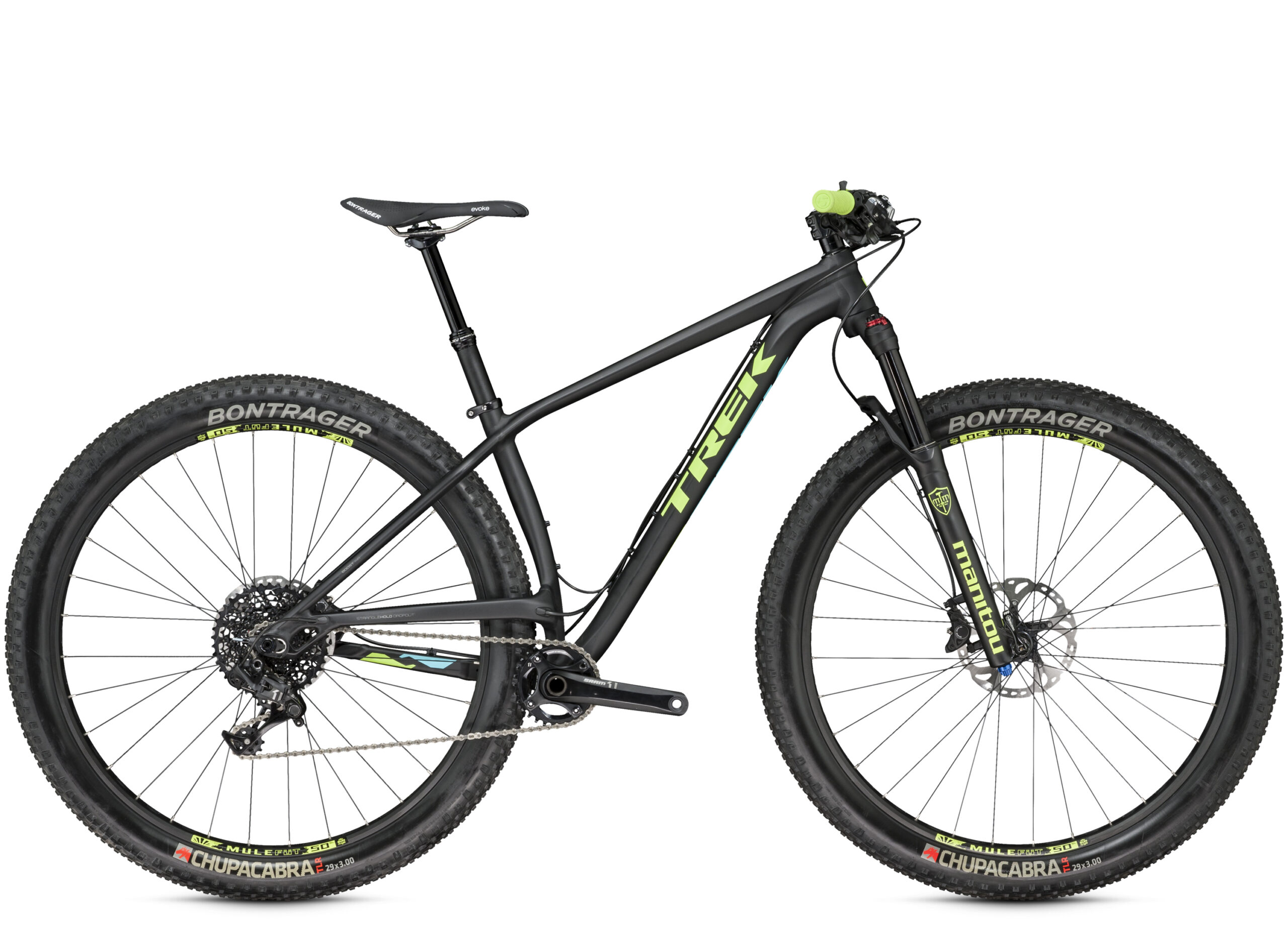

This study aimed to investigate the effect of feeding diets with a high or a low fat to starch content on the composition and activity of fecal microbiota and on blood LPS in dogs. To our knowledge, the effect of high-fat diets on canine gut microbiota remains uncertain. It is acknowledged that part of starch may escape digestion and induce changes in the gut microbiota ( Licht et al., 2006). However, high-fat diets are generally low in complex carbohydrates, including starch, contributing to the effects caused by these diets ( Graf et al., 2015). Thus, rats given oral doses of cholic acid ( CA) showed changes in cecal microbiota resembling those found with high-fat diets along with a decreased cecal VFA content ( Islam et al., 2011). Although unsaturated fatty acids can have a negative effect on microbial growth ( Enjalbert et al., 2017), fatty acids are majorly absorbed in the small intestine, and changes in the gut microbiota in response to fat have been linked to an increased flow of bile acids into the hindgut ( Yokota et al., 2012 David et al., 2014). Feeding high-fat diets to rodents has been related to a decreased bacterial abundance and diversity, alongside an increase in Firmicutes and a decrease in Bacteroidetes ( Turnbaugh et al., 2008). Fat intake has been associated with the absorption of the inflammatory Gram-negative lipopolysaccharide ( LPS) ( Ghoshal et al., 2009), which contributes to the development of obesity ( de la Serre et al., 2010). Major progress has been made in delineating the effects of diet on gut microbiota and host metabolism ( Wu et al., 2011 Flint et al., 2012). These findings indicate that feeding a HF–LS diet to dogs does not affect bacterial diversity or fermentative end products in feces, but may have a negative impact on Prevotella and xylan fermentation. Blood LPS did not increase at 180-min postfeeding with either diet ( P < 0.10). Relative to the LF–HS diet, in vitro fermentation of xylan using feces of dogs fed the HF–LS diet produced less gas at 6 h ( P < 0.01) and 9 h ( P < 0.05).

However, dogs showed a lower relative abundance of Prevotella ( P 0.10). Feeding the HF–LS diet led to a greater ( P 0.10). On week 7, blood samples were collected at 0- and 180-min postfeeding for the analysis of bacterial lipopolysaccharide ( LPS). Gas production was measured at 2, 4, 6, 9, 12, and 24 h of incubation. Additional fecal samples were collected from four dogs per diet and period to use as inocula for in vitro fermentation using xylan and pectin as substrates. Fecal samples were collected on weeks 5 and 6 of each period for the analysis of bacterial richness, diversity, and composition, bile acids, ammonia, and VFA.

Dogs were fed to meet their daily energy requirements (set at 480 kJ ME/kg BW 0.75). Each period lasted 7 wk and included 4 wk for diet adaptation. The higher amount of fat in the HF–LS diet was provided by lard, whereas the higher amount of starch in the LF–HS diet was provided primarily by maize and broken rice. Twelve adult (3 to 7 yr of age) spayed Beagle dogs received a low-fat–high-starch diet ( LF–HS approximately 23%, 42%, and 25% ME provided by fat, starch, and CP, respectively) and a high-fat–low-starch diet ( HF–LS approximately 43%, 22%, and 25% ME provided by fat, starch, and CP, respectively) following a 2-period crossover arrangement. The purpose of this study was to investigate the effect of feeding of diets differing in the amount of ME provided by fat and starch on the composition and activity of canine fecal microbiota. Dietary fat is known to modulate the hindgut microbiota in rodents however, there is no clear evidence on the impact of high-fat diets on canine gut microbiota.


 0 kommentar(er)
0 kommentar(er)
